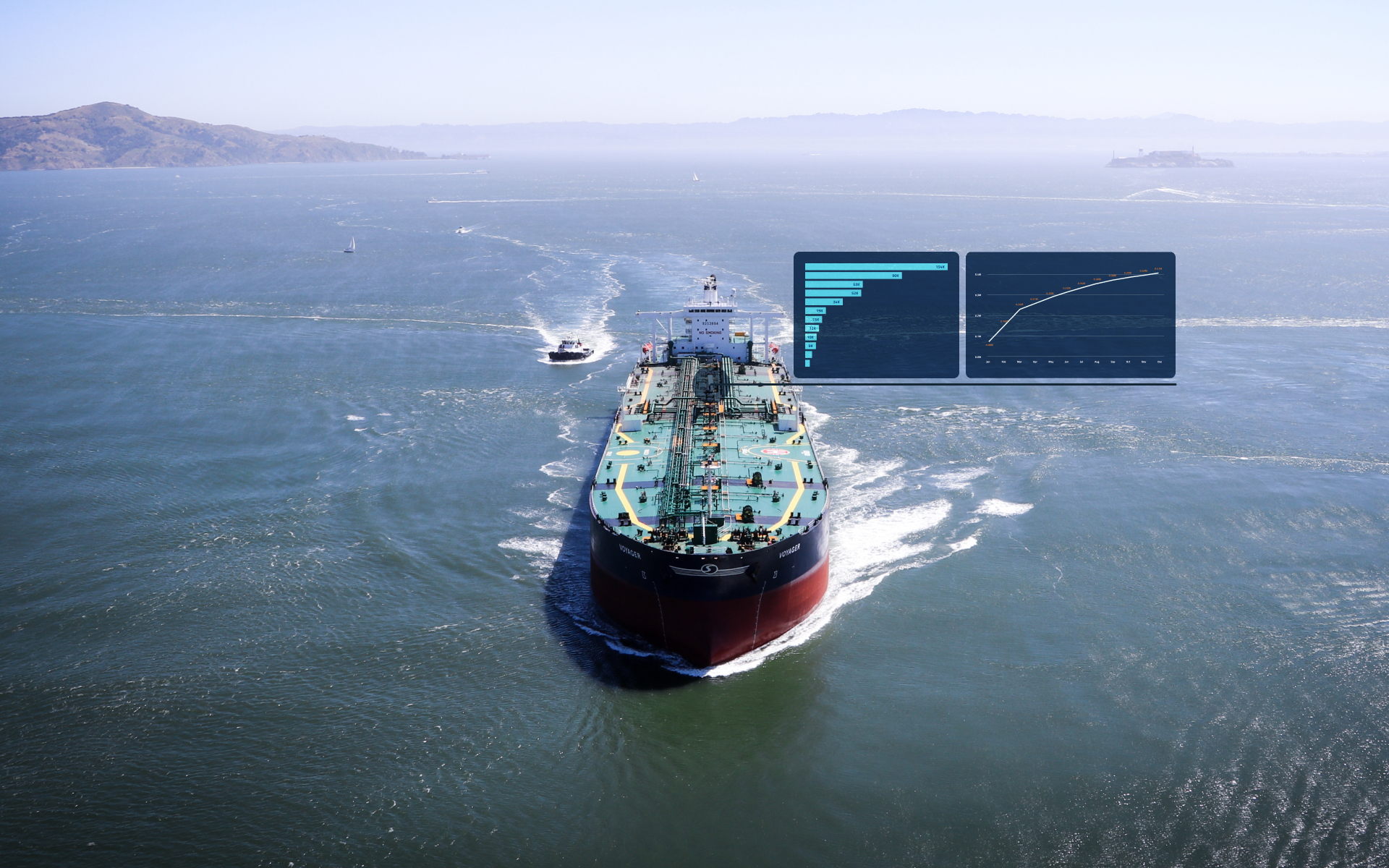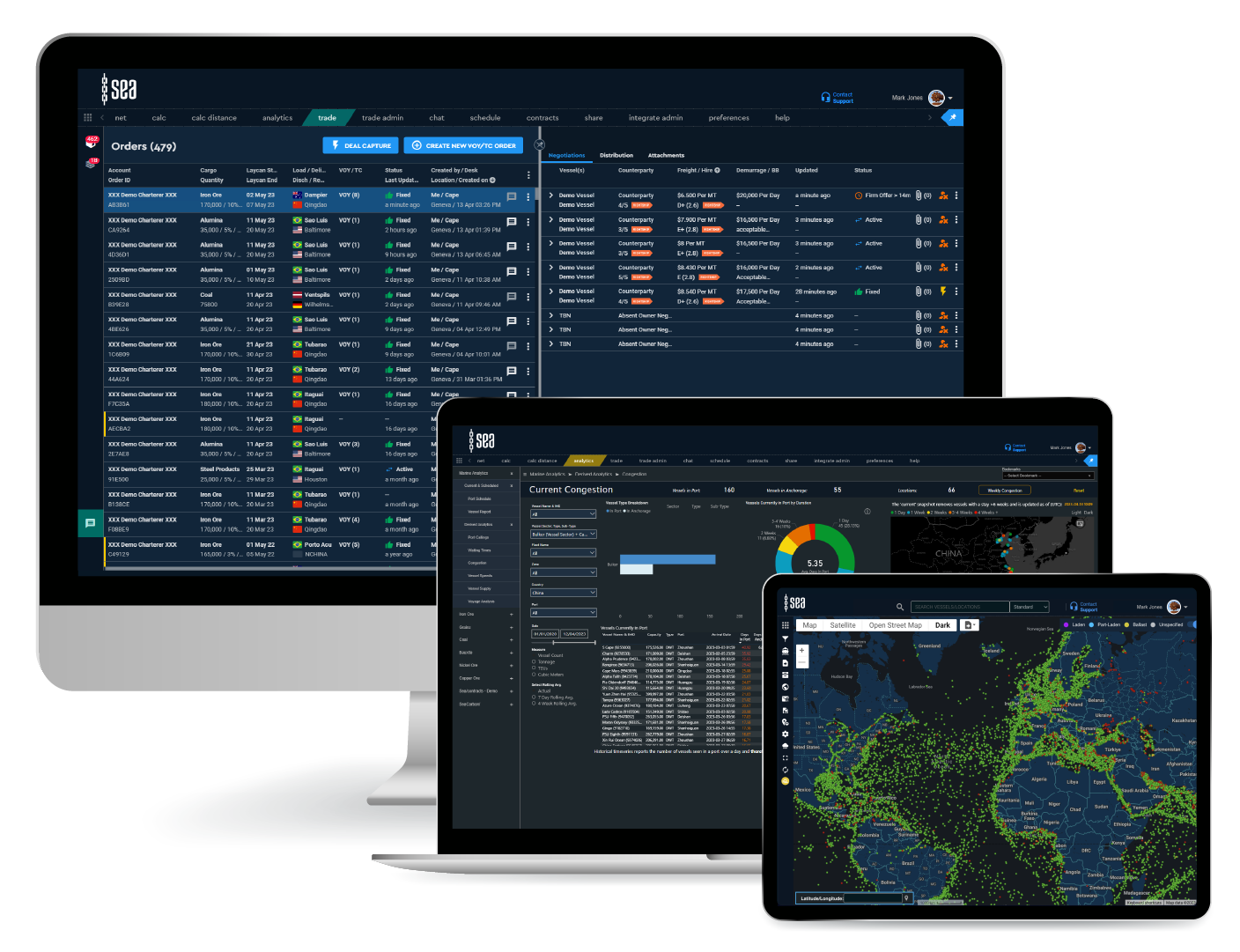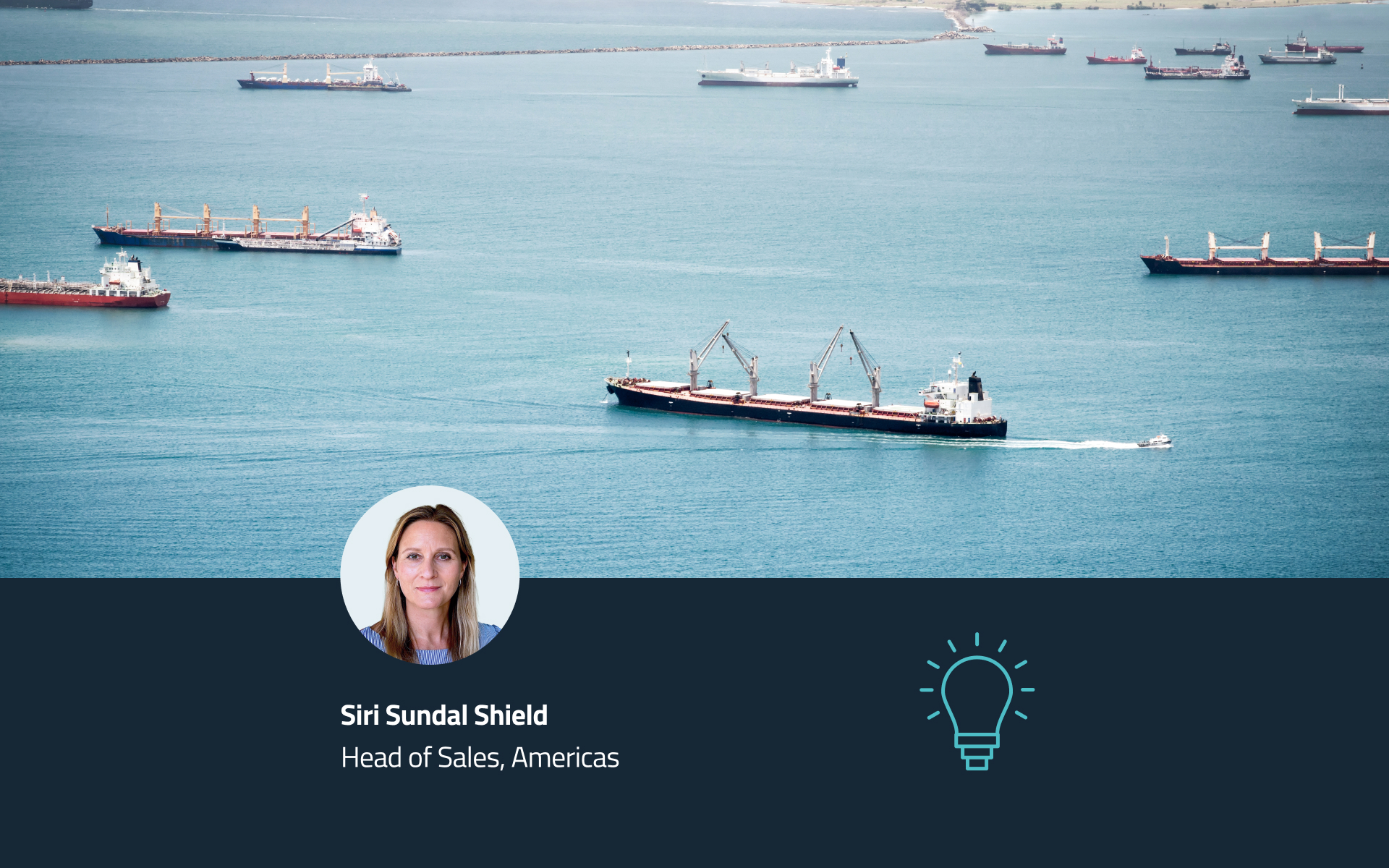As emissions regulations within the shipping industry tighten and transparency expectations rise, the Sea Cargo Charter (SCC) now provides a structured framework for charterers and owners to align their reporting with sustainability goals. One key shift for SCC signatories is the need to transition from in-house reporting (the Allowed pathway track) to third-party verification (the Preferred pathway track). This change brings a new level of accuracy and accountability within global maritime trade to the emissions reporting process.
Though a shift to third-party verification for emissions reporting may seem challenging, it doesn’t have to be. With the right partner, it can also be an opportunity to strengthen sustainability efforts while maintaining cost-efficiency and staying ahead of the market.
What are the SCC’s reporting pathways?
The SCC defines two clear approaches to emissions reporting:
- Allowed pathway track: Companies managing end-to-end emissions report internally, without external intervention and verification.
- Preferred pathway track: Third-party verification is required to ensure data accuracy and validation.
Initially, signatories have the option to choose between the two pathways. However, after two reporting cycles (two years), the shift to the Preferred pathway track becomes a requirement, making third-party verification essential.
Ensuring that emissions data is well-documented and aligned with SCC methodology from the outset makes this process significantly easier.
How to stay compliant and in control of emissions reporting as an SCC signatory
As you transition to the Preferred pathway, a structured approach to compliance and verification is key. Leveraging a digital solution like Sea Carbon Monitoring and Accounting can help simplify the process:
- Full alignment with SCC methodology – Our platform ensures all voyage-related data and calculations meet the latest SCC reporting standards, up-to-date with all changes in the methodology.
- Comprehensive end-to-end data verification – We streamline emissions tracking in global maritime trade, applying rigorous verification processes to maintain data integrity, ensuring compliance at every step.
- Seamless integration – We work closely with charterers and shipowners to simplify data exchange, cutting down on administrative work and boosting transparency throughout the reporting process.
Why move to third-party verification now for SCC emissions reporting?
While third-party verification is only required for the Preferred pathway track, the guidelines mean that after two reporting cycles (two years), all signatories must make the shift.
For companies that have been signed up for more than two years, this requirement is already in effect. Newer signatories will have a grace period before the transition, but staying ahead of the sector by opting for the Preferred pathway now ensures compliance without disruption. A proactive approach to emissions reporting also positions you to respond to growing regulatory and market expectations with confidence.
With increased scrutiny on shipping emissions reporting, securing a trusted verification partner today mitigates risk and reinforces your commitment to sustainability—whether you need verification now or are preparing for the future.
The benefits of emissions third-party verification under the SCC beyond compliance
Third-party verification under the SCC on emissions reporting goes beyond meeting the requirements. It’s a strategic decision that brings valuable advantages to your organisation:
- Enhanced credibility: Third-party verification lends credibility to your emissions data, boosting confidence among your stakeholders, including investors, regulators, and customers.
- Improved decision-making: Accurate and verified data provides a clearer picture of your emissions footprint in shipping, allowing for better strategic decisions and more targeted sustainability initiatives.
- Competitive advantage: In a marketplace that’s increasingly focused on sustainability, demonstrating that you have robust, verified emissions data can set you apart from competitors who have not yet made the transition.
- Stronger stakeholder relationships: With verified emissions data, you can foster greater trust with stakeholders who value transparency, helping to strengthen business partnerships and increase long-term value.
Next steps
If your company is preparing to transition to the Preferred pathway track, now is the time to act. Sea’s Carbon Monitoring and Accounting solution simplifies compliance and enhances reporting accuracy.
Get in touch today to find out how we can support your SCC reporting journey.
Share this article
Don’t miss the latest news and insights - subscribe to our newsletter
For press enquiries, please email news@sea.live




